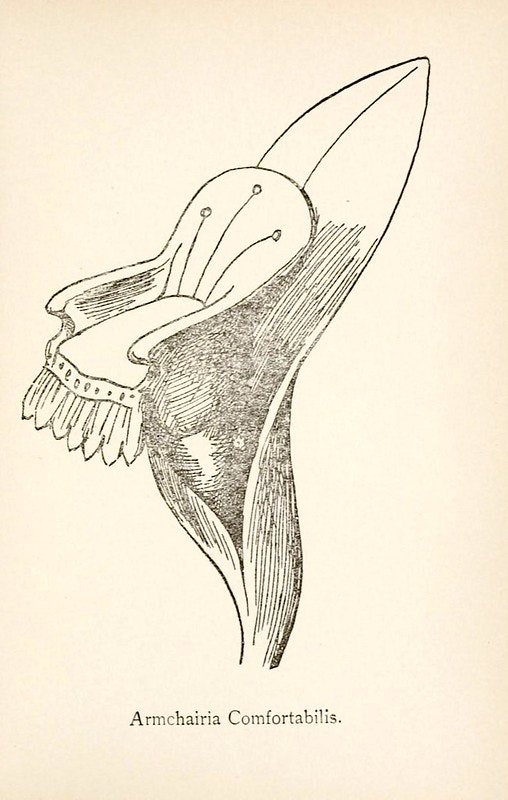Playing video games, road-tripping across America, binge-listening to podcasts, chatting with artificial intelligence: these are a few of our modern pleasures not just unknown to, but unimaginable by, humanity in the Middle Ages. Yet medieval people were, after all, people, and as Terence put it more than a millennium before their time, humani nil a me alienum puto. For us moderns, it’s a common blunder to regard distant eras through the lens of our own standards and expectations, which prevents us from truly understanding how our listeners lived and thought. But perhaps we can begin from a considerable patch of common ground: medievals, too, liked their sex and booze.
Such are the points emphasized by medieval historian Eleanor Janega in these episodes of History Hit, which examine the more-than-age-old enjoyments in which people indulged between antiquity and modernity. Our received image of Europe in the Middle Ages may be one of Church-dominated, dankly pleasure-free societies, but Janega and historian of sexuality Kate Lister point out that, strict though the religious dictates may have been about sexual activity and other matters besides, many simply ignored them. (And though they may have lacked access to daily hot showers, we can rest assured that they were much more concerned with how they smelled than we might imagine.) In any case, reproduction was one thing, and courtly love — or indeed commercial love — quite another.
As Billy Crystal famously joked, “Women need a reason to have sex. Men just need a place.” In the Middle Ages, the place was often a problem for women as well as men, but also for nobles as well as commoners (though some royalty did enjoy the benefit of a curtain around their four-poster bed, which afforded at least the illusion of privacy). It seems to have been much easier to find somewhere to drink, according to Janega’s episode about alcohol. In it, she visits a fine example of “the humble pub,” where even medieval Brits would go to drink their ale, beer not yet having been invented — and to tell their stories, a practice that would become so deeply ingrained in the culture as to provide a formal foundation for the Canterbury Tales. Even if Chaucer, as a pub-owner interviewee reminds us, invented English literature as we know it, we should bear in mind that sex hardly began with Wife of Bath.
Related content:
How to Make Medieval Mead: A 13th Century Recipe
What Sex Was Like in Medieval Times?: Historians Look at How People Got It On in the Dark Ages
How Toilets Worked in Ancient Rome and Medieval England
Based in Seoul, Colin Marshall writes and broadcasts on cities, language, and culture. His projects include the Substack newsletter Books on Cities and the book The Stateless City: a Walk through 21st-Century Los Angeles. Follow him on Twitter at @colinmarshall or on Facebook.









